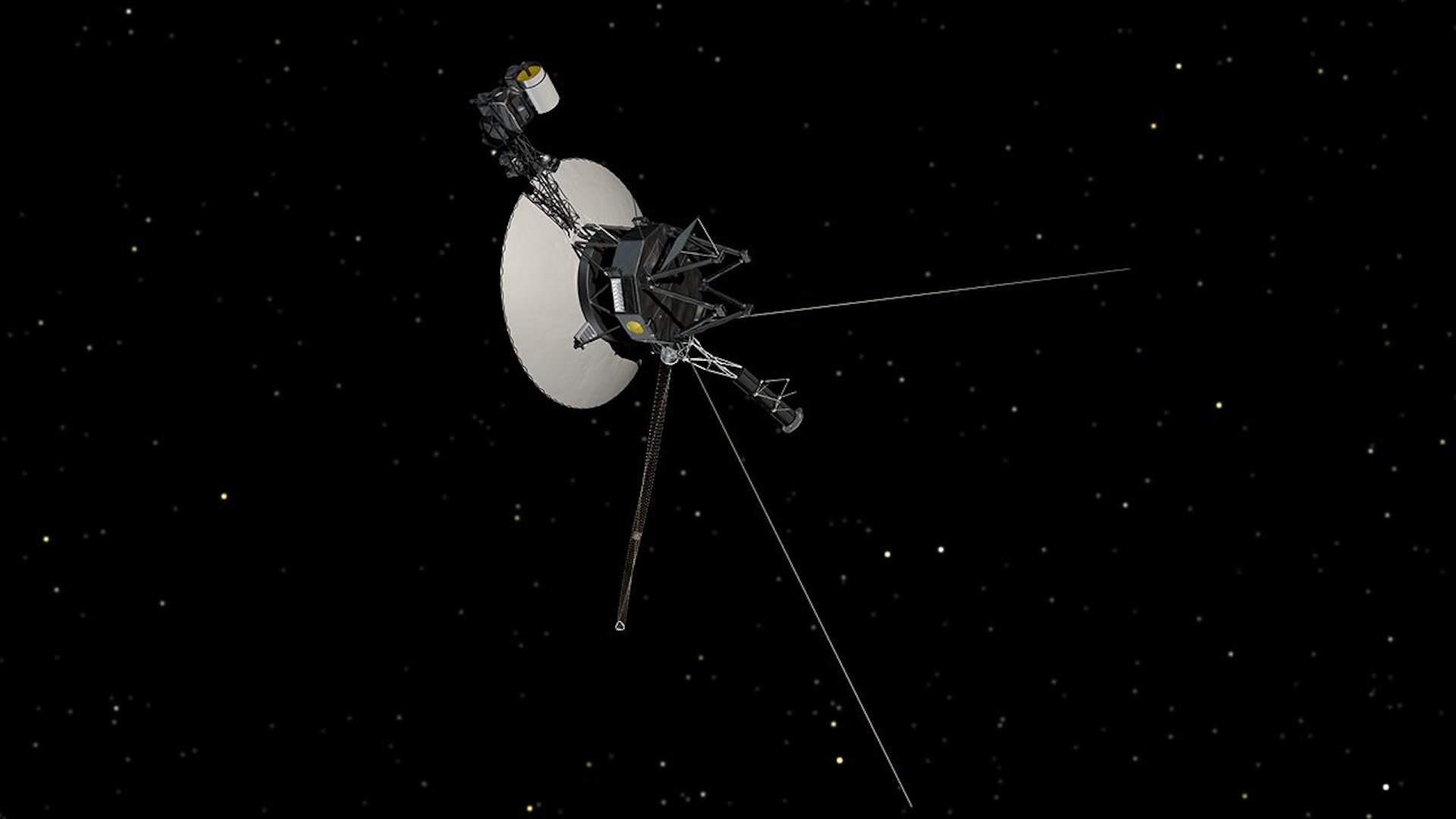Fermentation, Vol. 9, Pages 307: Feasible Utilization of Waste Limestone as a Calcium Source for Microbially Induced Carbonate Precipitation (MICP)
Fermentation doi: 10.3390/fermentation9030307
Authors: Qian Feng Yuqi Song Chuanwei Lu Hao Fang Yuxin Huang Liuxia Chen Xiangyang Song
Microbial-induced CaCO3 precipitation (MICP) is an innovative and rapidly developing technology for sand solidification. The idea for this research project was built based on the concept of sustainable development and environmental protection. The specific material used for solidification was soluble calcium ions generated by the reaction of limestone waste, a kind of calcium-rich industrial waste from a quarry, and acetic acid. Using Ca(CH3COO)2 (prepared from limestone waste) as a calcium source resulted in a 31.87% lower MICP cost compared to using CaCl2. An unconfined compressive strength (UCS) test was conducted to characterize the macroscopic mechanical properties of bio-cured sand columns. The mineral composition and the microstructure of sand columns were examined by using X-ray diffraction (XRD) and environmental scanning electron microscopy (ESEM). After response surface optimization, the optimal conditions for the reaction of limestone and CH3COOH were determined, and the calcium acetate yield was up to 96.81%. The UCS of sand samples treated with limestone/acetic acid was 10.61% higher than that of samples treated with calcium chloride. This research confirmed the feasibility of cheap limestone waste and soluble calcium ions generated by acetic acid as a calcium source, instead of calcium chloride, for solidifying sand columns in the MICP process.

 1 year ago
28
1 year ago
28


